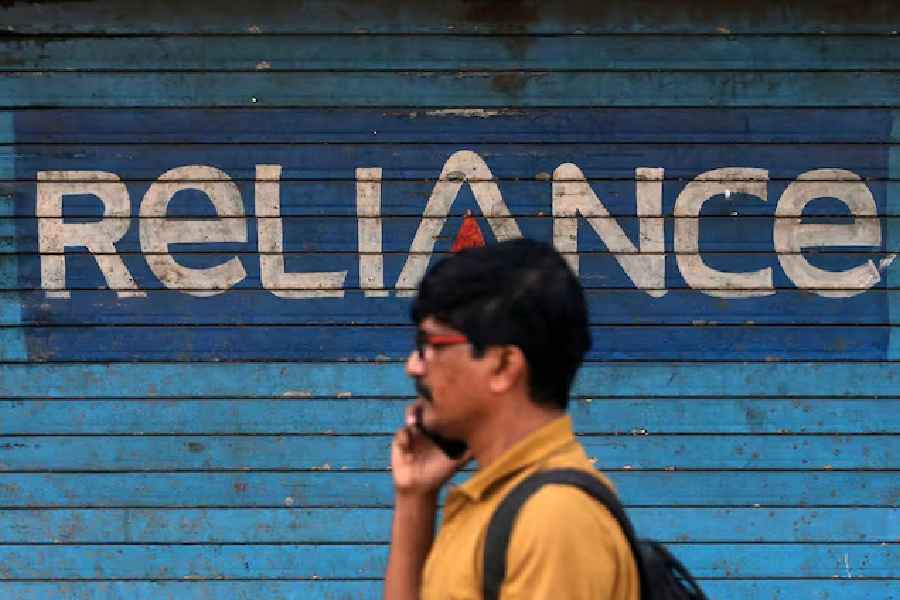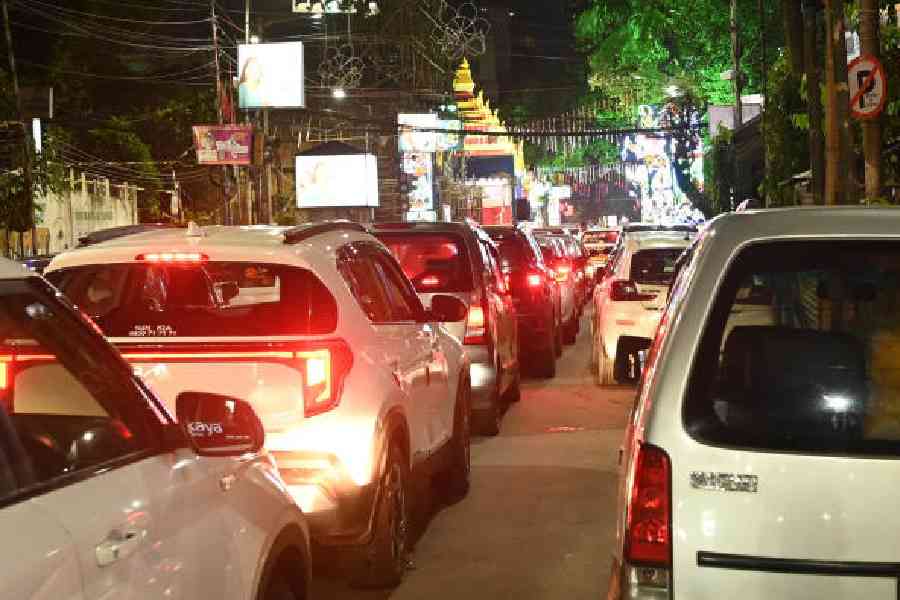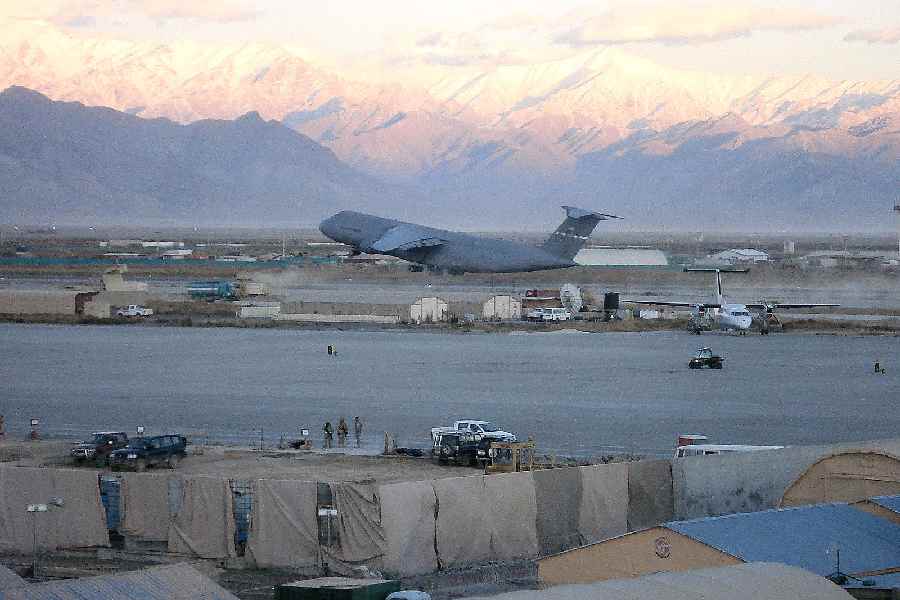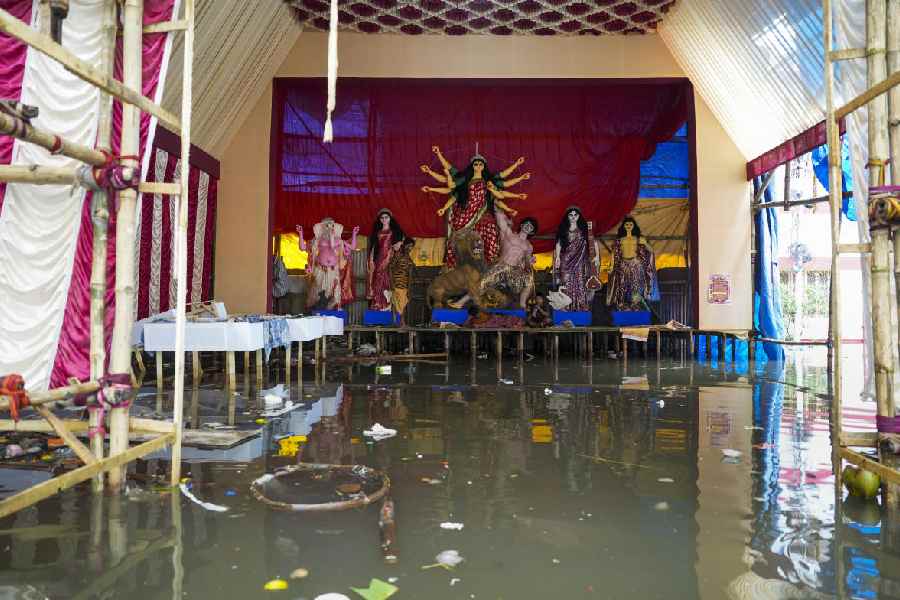 |
 |
| UNDER THREAT: The urban village of Khotachiwadi and (above) inside Kayani, an Irani cafe in Mumbai Pix: Gajanan Dudhalkar |
When Neil Pereira, 49, takes the train home to his village, he does not have to step outside the city. For three generations, his family has lived in Pali Village, in suburban west Bandra, probably the best known of Mumbai’s 189 gaothans or urban villages. On most evenings, as he approaches his home, his heart sinks and his brow furrows. The little lane that branches off the median and leads to the cottages in the village is usually blocked by new cars. There are unfamiliar faces in the gaothan and, where once there were none, one more boundary wall is being slapped into place.
The village of his childhood — almost all the families there bear the name Pereira — is disappearing before his eyes. But Pereira, who describes his occupation as ‘in service’, won’t give up without a fight. He had filed a joint PIL in 2006 along with H.S. D’Lima, a resident of another gaothan, asking for the protection of these villages. While the case is underway, a proposal from the state’s urban development department is awaiting the chief minister’s approval.
The proposal seeks to modify road and architectural rules for the gaothans, including raising the floor space index for residents and shortening the length of the approach road from the median. If passed, this will inevitably prove to be the wave that will finally drown what one conservationist describes as the concrete megacity’s “lingering oases”.
In effect, for swathes of its residents, the evolution of the city is a requiem in fast forward. Unlike monuments, living histories are fading rapidly, their disappearance fanned partly by the real estate wind that has been blowing across the country. In Mumbai’s case that wind is like a tornado because the city has some of the costliest real estate in the country.
“Gaothans are like the lal doras of Mehrauli in Delhi,” says Vikas Dilawari, a Mumbai-based conservation architect. “These urban settlements have their own unique characteristics. Mehrauli’s red sandstone village has been turned into an upmarket shopping centre. In a city like Mumbai which has a population density of 27,000 per square foot, gaothans like Khotachiwadi, Matharpakhadi in Mazgaon, Khar Danda village in Khar and Pali village in Bandra are urban oases. Efforts should be made to preserve them as heritage precincts.”
Just like the now lost bar dancers and the ever-adapting dabbawalas, gaothans instantly bring Mumbai to a visitor’s mind. Different gaothans are inhabited by different communities, including the East Indian Christian communities of Portuguese descent, the Pathare Prabhu, who are among the early land-owning settlers of Mumbai, the Agri, who are salt-making and farming communities, and Maharashtrian fisherfolk called Kolis. The latter can still be seen drying their haul of bangra or Bombay Duck on stretches of sea front, even as new buildings tower over them.
In 2004, the Khotachi-wadi Welfare and Heritage Trust was set up by its residents to protect the handful of bungalows that remained of the original 65. It is now a heritage precinct popular among tourists and locals. But the Pali Village Residents’ Association has not had much luck so far. Pereira says the state tourism department’s proposal for bed and breakfast places could have been extended to their village and that it should be given heritage status.
The village is supposed to have cottages with at best a first floor. “Now, outsiders are building boundary walls where they are not supposed to,” says Pereira. The social fabric is changing in his village and Pereira blames the greed of politicians and corrupt corporation officials for this.
“The ruling party is a party of the builders, for the builders and by the builders,” he says in frustration, pointing to the seven-storeyed houses that have cropped up around the village, blocking out light and ventilation. “I would like to see Vilasrao Deshmukh and Sharad Pawar bring in SEZs in their constituencies, Latur and Baramati. They are outsiders, they don’t understand Bombay’s problems,” he says angrily.
Between the evaporating light and the Rs 7,000 per square foot prices, some residents from Pali village have chosen to sell out. “Our children will not know our ethnic villages. Gaothans in Versova, Khar and Mazgaon still retain their charm. But unless people fight back, these too will be grabbed by developers. Elephanta too would have gone had it not been for the fact that there is no electricity or water there,” Vikas Dilwari says wryly of the island, 10 km from Mumbai, that houses 5th century temples.
In a city which registers almost 300 cars every day and is now contemplating a MagLev (magnetic levitation) 550 kmph train, perhaps the last bit of nostalgia can be savoured at the few Irani cafes that have resisted a make-over. Threatened by shifting taste, high value real estate and swankier coffee chains, they still hold on to their old-fashioned charm.
Whether it is Kayani or Stadium, Brabourne or Koolar, Military Café or Britannia, these teahouses are those rare places where life can be experienced in slow motion even now. Some dingy and some well-maintained, almost all of them have marble-top tables with black wooden chairs. They serve steaming glasses of chai and melting maska (butter) with a sprinkling of sugar on the brun (bun). At the counter is the keen gaze of the cotton-shirted Irani owner. Nearby are glass-fronted shelves of khara biscuits, cakes and brun that you are supposed to dunk in your tea for that authentic flavour.
You are liable to be yelled at and almost thrown out if you come to Brittania in south Mumbai at lunch time and sit there waiting for your friends to join you: at rush hour you can’t block a table and not eat. “You don’t go for the food, which is overhyped. You go for the abuse that is part of the eccentric charm of the place,” a shaken patron was admonished by a longstanding diner there. “The Iranis can be crabby but that’s the fun of eating at the Irani joints.”
Kayani on Princess Street, also in south Mumbai, is more easygoing. As you sit among workers, office-goers and even students from nearby colleges, it will allow you to ponder longer on the undeniable fact that the palpable charm of Mumbai’s living histories is on notice.










